![The Differences Between Skinwalkers and Wendigos[Pics&Facts] 1 mythical creatures art wendigo vs skinwalker what is the difference mythical creatures art](https://mythicalcreatures.blog/wp-content/uploads/2023/09/wendigo-vs-skinwalker-what-is-the-difference-1024x509.jpg)
Image credits:deviantart.com
The lore and legends around shapeshifting skinwalkers and cannibalistic wendigos have fascinated and frightened Native American cultures for centuries.
Though often confused with one another, skinwalkers and wendigos have distinct origins, abilities, and cultural significance among tribes like the Navajo and Cree.
This article will uncover the mythological roots of these supernatural creatures and contrast their defining traits and powers.
We’ll also explore how Indigenous communities have viewed these entities over time, and provide tips for how to protect yourself from these sinister beasts.
Let’s delve into the world of Navajo folklore and Algonquian mythology to better understand these icons of the magical and monstrous.
![The Differences Between Skinwalkers and Wendigos[Pics&Facts] 2 mythical creatures art Unisex Wendigo Weekend fun Tee](https://mythicalcreatures.blog/wp-content/uploads/2024/04/12052-27-1024x1024.jpg)
Unisex Wendigo Weekend fun Tee
What is a Skinwalker?
![The Differences Between Skinwalkers and Wendigos[Pics&Facts] 3 mythical creatures art skin-walker skinwalker pictures skinwalker art](https://mythicalcreatures.blog/wp-content/uploads/2023/08/skin-walker-skinwalker-pictures-skinwalker-art.jpg)
Image credits:deviantart.com
In Navajo culture, skinwalkers are powerful witches who gain the ability to transform into different animals by wearing their skins.
By committing acts of murder, evil, and witchcraft, those known as yee naaldlooshii (“by means of it, he/she/it goes on all fours”) can shapeshift into coyotes, wolves, foxes, crows, bears, owls, and other creatures.
While in animal form, skinwalkers use enhanced strength, speed, agility, and stealth to stalk, torment, and even kill victims.
Some skinwalkers can control minds, possess bodies, mimic voices, curse people, and perform other feats of dark magic.
To the Navajo, skinwalkers represent the most frightening and wicked use of spiritual power, violating cultural values and harming others through their twisted supernatural abilities.
ads content
What is a Wendigo?
![The Differences Between Skinwalkers and Wendigos[Pics&Facts] 4 mythical creatures art The Wendigo in Indigenous folklore Wendigo artwork](https://mythicalcreatures.blog/wp-content/uploads/2023/08/The-Wendigo-in-Indigenous-folklore.jpg)
In contrast, wendigos originate from Algonquian folklore in tribes like the Ojibwe and Cree. During harsh winters and famine, those overcome with greed, gluttony, and hunger resorted to eating human flesh.
This taboo act of cannibalism activated a curse that transformed them into monstrous wendigos. Described as gaunt, towering creatures with glowing eyes, sharp teeth and claws, and deer-like antlers, wendigos reflect the worst human impulses taken to the extreme.
With insatiable appetites for human meat and abilities to control weather and spread disease, wendigos create conditions that perpetuate more cannibalism and their own proliferation.
To many Northern tribes, the wendigo embodied mortal sins like greed and warned against descent into madness.
Key Differences Between Skinwalkers and Wendigos
![The Differences Between Skinwalkers and Wendigos[Pics&Facts] 5 mythical creatures art wendigo vs skinwalker what is the difference](https://mythicalcreatures.blog/wp-content/uploads/2023/09/wendigo-vs-skinwalker-what-is-the-difference-1024x509.jpg)
While both sinister figures in tribal folklore, skinwalkers and wendigos have several distinct characteristics:
- Origins: Skinwalkers derive from Navajo witchcraft traditions, while wendigos come from Algonquian mythology among Northern tribes.
- Transformation: Skinwalkers willingly shapechange by wearing animal hides, while wendigos are humans mutated against their will through cannibalism.
- Appearance: Skinwalkers retain human characteristics even in animal form, while wendigos become emaciated giants with monstrous features.
- Motives: Skinwalkers seek to hex, possess, or kill specific victims, while wendigos aimlessly perpetuate famine and disease.
- Abilities: Skinwalkers use supernatural powers like curses, while wendigos rely more on enhanced physical traits and weather control.
- Weaknesses: Skinwalkers can be harmed by silver, ash, and other elements, while wendigos are vulnerable to fire, decapitation, and destruction of the heart.
So in summary, skinwalkers are willful shapeshifters deeply rooted in Navajo witchcraft, while wendigos are victims of a cannibalistic curse originating in Northern Algonquian tribes.
ads content
Wendigo vs Skinwalker in Native culture
![The Differences Between Skinwalkers and Wendigos[Pics&Facts] 6 mythical creatures art shapeshifing skinwalker mythology and folklore american](https://mythicalcreatures.blog/wp-content/uploads/2023/08/shapeshifing-skinwalker-mythology-and-folklore-american-1.jpg)
Image credits:deviantart.com
These entities also differ in their cultural symbolism for Native communities:
- Skinwalkers represent the terrifying perversion of spiritual power, violating taboos and harming others through dark magic. They are cautionary tales about the consequences of witchcraft.
- Wendigos symbolize the dangers of greed, hunger, and cannibalism during hard times. They warn against losing one’s humanity to madness in times of scarcity.
So while skinwalkers are seen as evil witches, wendigos evoke more sympathy as people overcome by sinister forces. Both convey moral lessons through their horror.
Which is More Dangerous?
When it comes to menace, skinwalkers pose a more direct threat with their intelligence, magical abilities, vengeful motives, aggressive tactics, and physical prowess to stalk victims deliberately. They are cunning shapeshifters that can blend in unseen.
Wendigos on the other hand tend to create chaos indirectly by spreading famine, disease and paranoia. They are more mindless creatures of impulse driven by insatiable hunger. But they can be elusive and difficult to kill given their size, strength, and resilience.
So while wendigos shouldn’t be underestimated, skinwalkers seem the more dangerous foe overall due to their willful deceptions, destructive magics, and vindictive nature. Their human cunning blended with animal instincts make skinwalkers a truly terrifying enemy.
How to Protect Yourself
![The Differences Between Skinwalkers and Wendigos[Pics&Facts] 7 mythical creatures art Native American legends sea water creatures](https://mythicalcreatures.blog/wp-content/uploads/2023/09/Native-American-legends-sea-water-creatures.jpg)
To avoid falling victim to skinwalkers, watch for signs like finding animal organs on your property, hearing voices mimicking loved ones, or sensing an unseen presence following you.
Carrying protective herbs and minerals like juniper, ash, turquoise, and obsidian may help deter them. Also avoid being alone at night, interacting with ravens and coyotes, or speaking the names of suspected skinwalkers aloud.
For wendigos, be wary of cabin fever, greed, and cannibalistic cravings when isolated or desperate. Seeking community and performing cleansing rituals can help prevent possession.
Lighting fires, hanging ankles from trees, and scattering rice can ward them off. But be prepared to destroy the heart if faced with an attack.
![The Differences Between Skinwalkers and Wendigos[Pics&Facts] 8 mythical creatures art Skinwalkers vs wendigo Unveiling the darkness e-book](https://mythicalcreatures.blog/wp-content/uploads/2024/02/Skinwalkers-vs-wendigo-Unveiling-the-darkness-e-book-cover-1024x1024.webp)
Skinwalkers vs wendigo Unveiling the darkness e-book
This E-Book goes in details about the appearance, abilities, weaknesses and protective measures against both Skinwalkers and Wendigos and compares them on physical, cultural and psychological level.
As we peel back the layers of mystery surrounding these creatures, we uncover a rich tapestry of cultural beliefs, ancient wisdom, and cautionary tales that have been passed down through generations.
Conclusion
Skinwalkers and wendigos have long haunted the imagination of Native cultures, embodying the terrifying power of the supernatural and the human capacity for wickedness.
By exploring the symbolic wisdom encoded in these legends, we can confront our own inner darkness and restore balance in the world around us.
Though unsettling, even monsters have lessons to teach.
FAQs
What are skinwalker abilities?
Skinwalkers are shapeshifters who can take on the speed, strength, and abilities of any animal whose skin they wear. They also retain powers of witchcraft like mind control, curses, mimicry, possession, etc.
Where do skinwalkers originate from?
Skinwalkers originate in Navajo witchcraft traditions. Shapeshifting is said to be achieved through wearing an animal’s skin or committing evil rituals and taboo behaviors.
What Native American tribe believes in wendigos?
Wendigo myths originated primarily among Algonquian-speaking tribes in the Northern United States and Canada like the Ojibwe/Chippewa and Cree.
Are wendigos real?
While there is no scientific evidence for actual wendigos, alleged sightings persist today. Some experts believe they were symbols of psychosis and hallucinations during desperate times.
What is the difference between wendigos and windigo?
Wendigos and windigos are essentially the same mythical creatures in Algonquian folklore. The terms are used interchangeably, though some prefer “windigo” when referring to the figure in Mi’kmaq culture specifically.
How do you know if you’ve seen a skinwalker?
Signs of a skinwalker include finding animal carcasses arranged ritually, hearing eerie voices mimicking loved ones, and seeing animals behaving oddly or watching you. Unexplained health issues or bad luck may also indicate being cursed.
Can skinwalkers be killed?
According to Navajo legends, skinwalkers can be killed by shooting them with bullets or stabbing them with knives and swords made of pure silver. Their human bodies remain vulnerable when not in animal form.
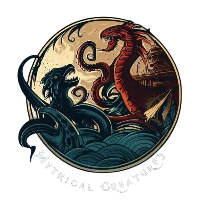
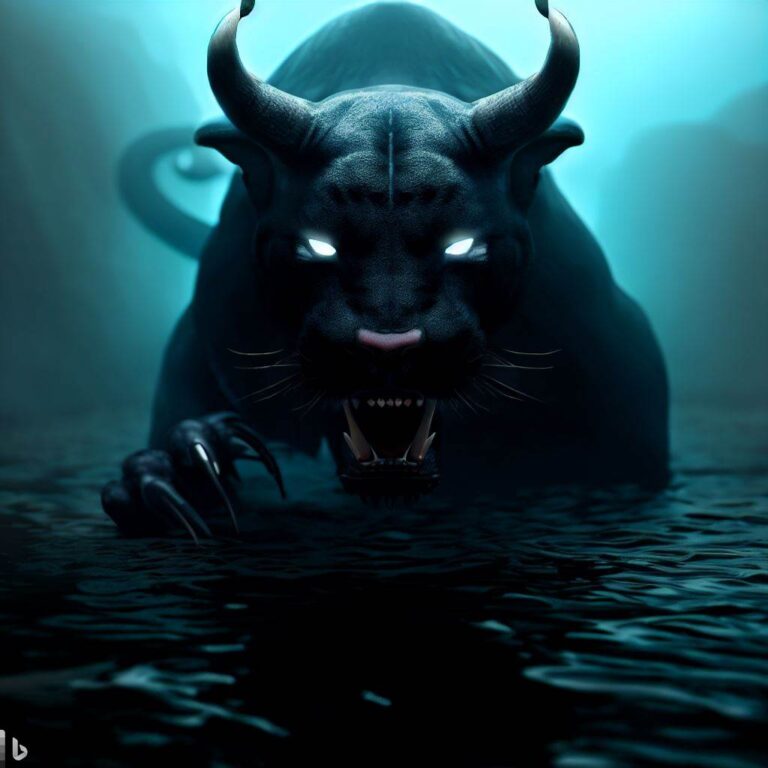
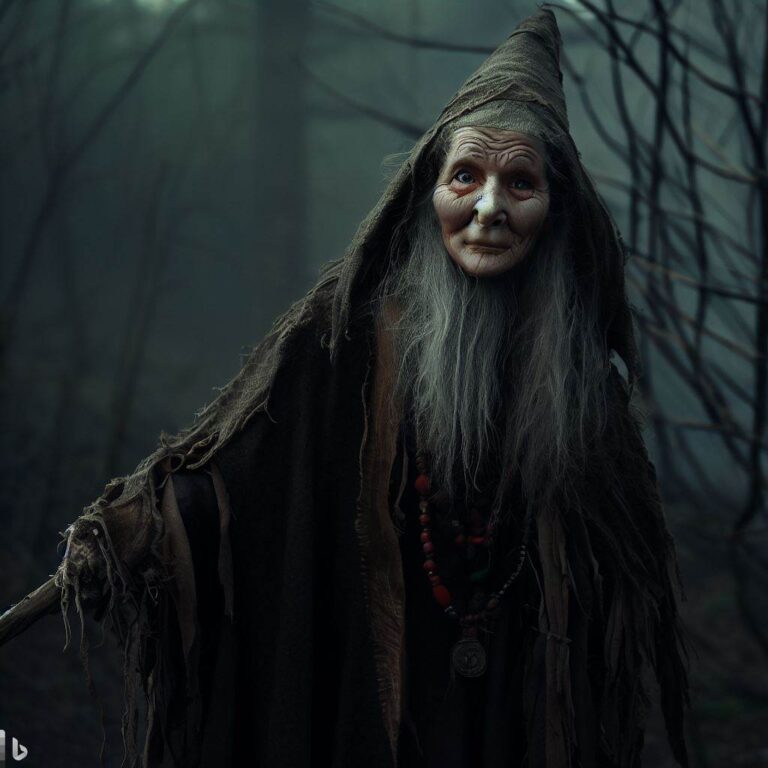
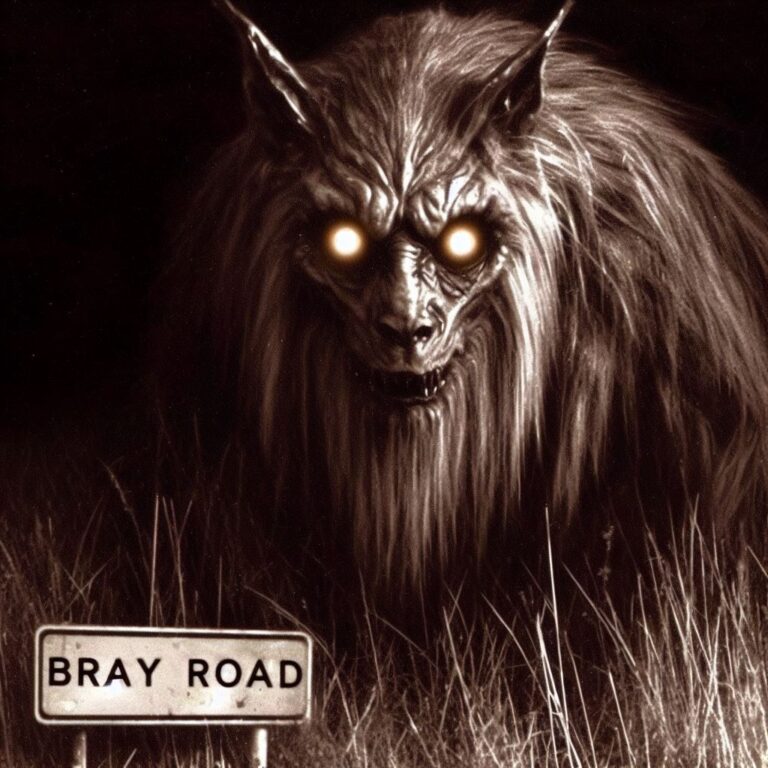
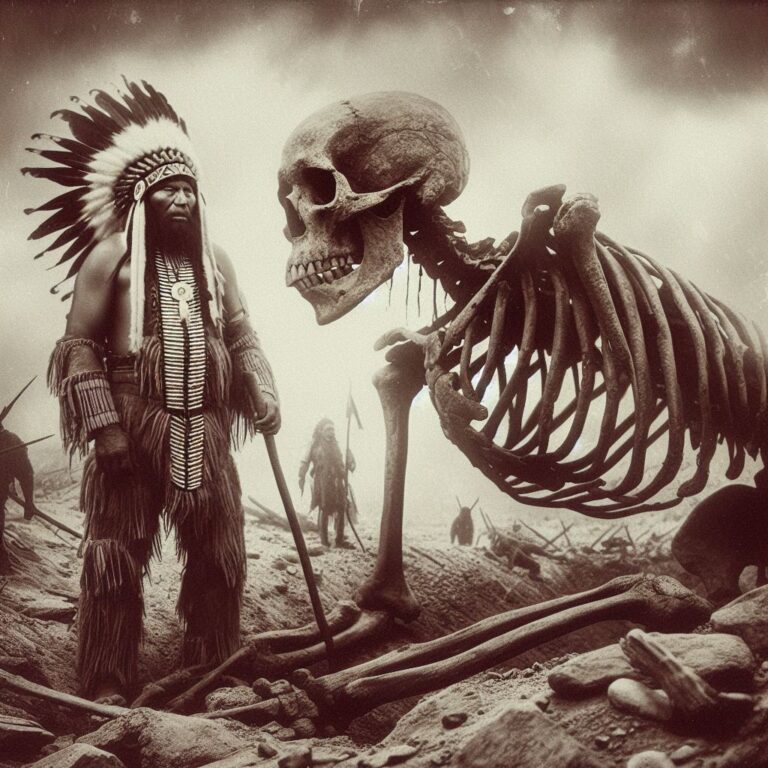

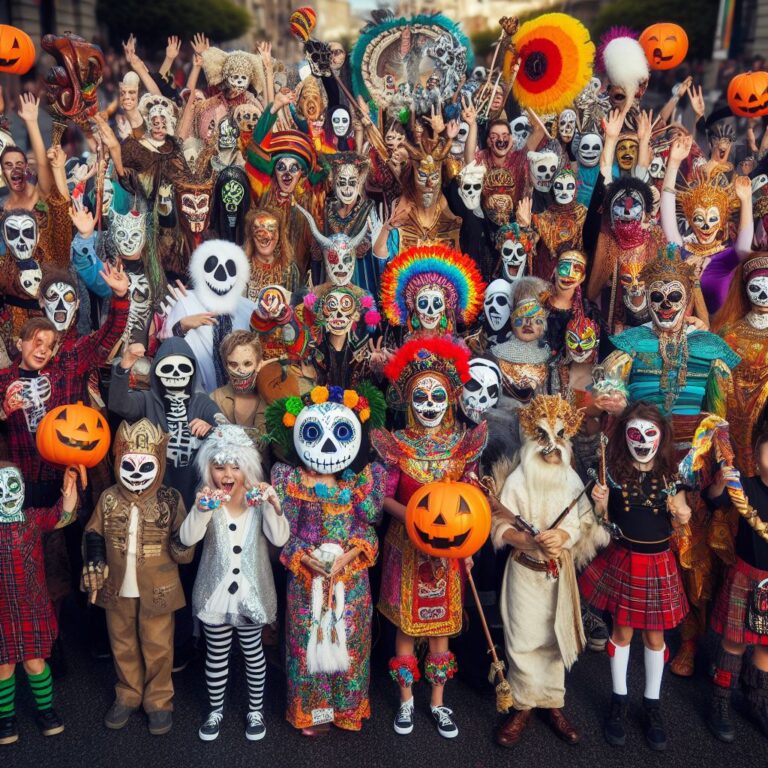
One Comment